Dukla Pass
In northeastern Slovakia and on the border with southeastern Poland lies Dukla Pass. Between September 8 and October 28, 1944, an armored battle was fought between German and Soviet forces. A battle of Kursk in miniatyr if you like. Earlier that year, the Czech government in exile had appealed to the Soviets to support a Slovakian uprising. The Soviet Red Army saw this as an opportunity to force the Germans out of Slovakia once and for all. From Soviet side, the plan was to attack from north through the Dukla Pass and into Slovakia toward Svidnik and Presov. The operation was estimated to take five days, but the Germans had built up a strong line of defense in the Carpathians and prepared.
Soviet and German tanks clashed at the Dukla Pass and the battle went back and forth for a bout a month. The Soviets had to withdraw the plan to attack Svidnik from the north. Only after about a month the Red Army was able to establish a stronghold in Slovakia. The fighting was also moved east in order to attack the Germans from the flank in order to break through the German defense. Just west of the village Dobroslava a fierce tank battle was fought, a battle that has been named the Valley of Death. It was not until 28 October that Soviet (and Czech) forces were able to overtake Svidnik. The original plan to reach Presov failed which took another four months to accomplish. Although the Red Army failed with the original plan, the battle resulted in the expulsion of the Germans from the area around Dukla Pass.
Current status: Preserved with museums/monuments (2019).
Location: 49°24'52.04"N 21°41'58.49"E
Get there: Car.
Follow up in books: Cumins, Keith: Cataclysm: The War on the Eastern Front, 1941–45 (2019).

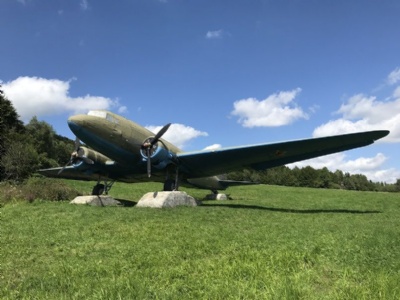
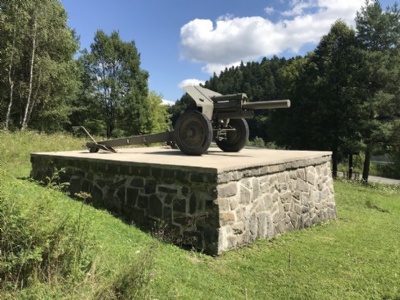
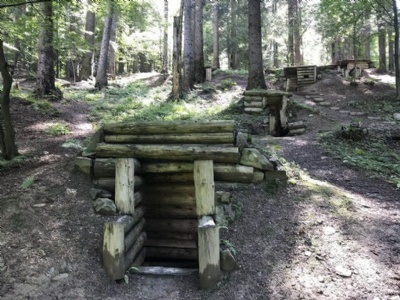


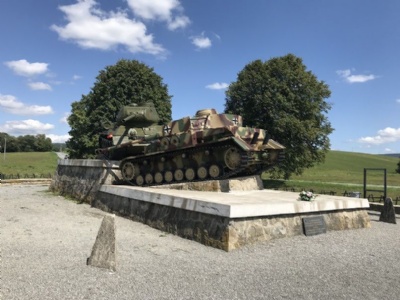
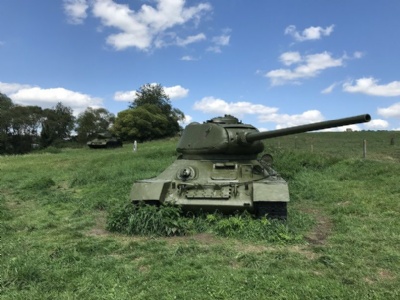
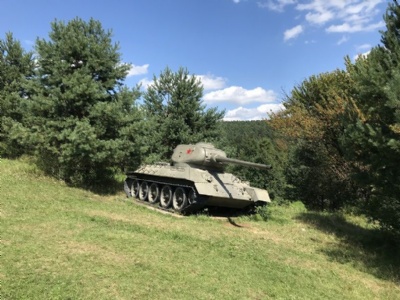


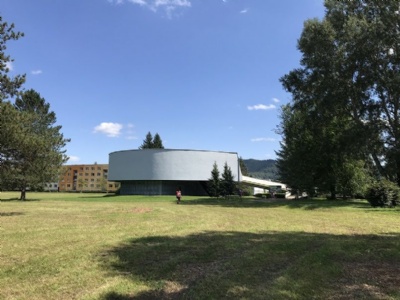


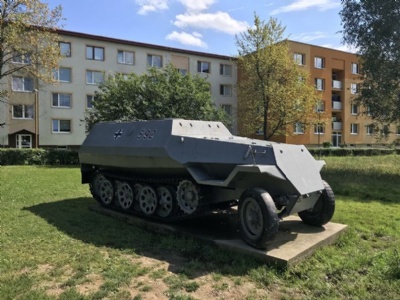
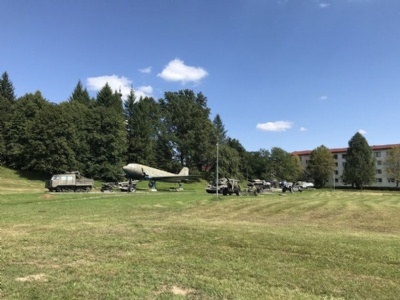
Despite the size and extent of the battle, it has fallen into oblivion but has a lot to offer for those who find it. The battlefield spreads over a large area and there are several bunkers, monuments and museums to see. Most of them are characterized by classical Soviet style. I got the feeling that this battle is the Czech’s equivalent to Stalingrad, Normandy, El Alamein, Monte Cassino and Warsaw Uprising. The Czechoslovak war cemetery is lavish and nationalism penetrates the Soviet filter. The most interesting place is the Valley of Death, where a number of Soviet T-34 are has been placed out on the former battlefield. The German war cemetery in Hunkovce, which is very well maintained and nicely designed, is also worth a visit.